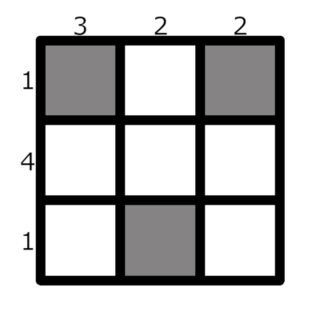You are given a board of size $$$n \times n$$$ ($$$n$$$ rows and $$$n$$$ colums) and two arrays of positive integers $$$a$$$ and $$$b$$$ of size $$$n$$$.
Your task is to place the chips on this board so that the following condition is satisfied for every cell $$$(i, j)$$$:
- there exists at least one chip in the same column or in the same row as the cell $$$(i, j)$$$. I. e. there exists a cell $$$(x, y)$$$ such that there is a chip in that cell, and either $$$x = i$$$ or $$$y = j$$$ (or both).
The cost of putting a chip in the cell $$$(i, j)$$$ is equal to $$$a_i + b_j$$$.
For example, for $$$n=3$$$, $$$a=[1, 4, 1]$$$ and $$$b=[3, 2, 2]$$$. One of the possible chip placements is as follows:
 White squares are empty
White squares are empty The total cost of that placement is $$$(1+3) + (1+2) + (1+2) = 10$$$.
Calculate the minimum possible total cost of putting chips according to the rules above.
The first line contains a single integer $$$t$$$ ($$$1 \le t \le 10^4$$$) — the number of test cases.
The first line of each test case contains a single integer $$$n$$$ ($$$1 \le n \le 3 \cdot 10^5$$$).
The second line contains $$$n$$$ integers $$$a_1, a_2, \dots, a_n$$$ ($$$1 \le a_i \le 10^9$$$).
The third line contains $$$n$$$ integers $$$b_1, b_2, \dots, b_n$$$ ($$$1 \le b_i \le 10^9$$$).
The sum of $$$n$$$ over all test cases doesn't exceed $$$3 \cdot 10^5$$$.
For each test case, print a single integer — the minimum possible total cost of putting chips according to the rules.
431 4 13 2 214524 52 355 2 4 5 33 4 2 1 5
10 9 13 24
The first test case of the example is described in the statement.
| Name |
|---|




